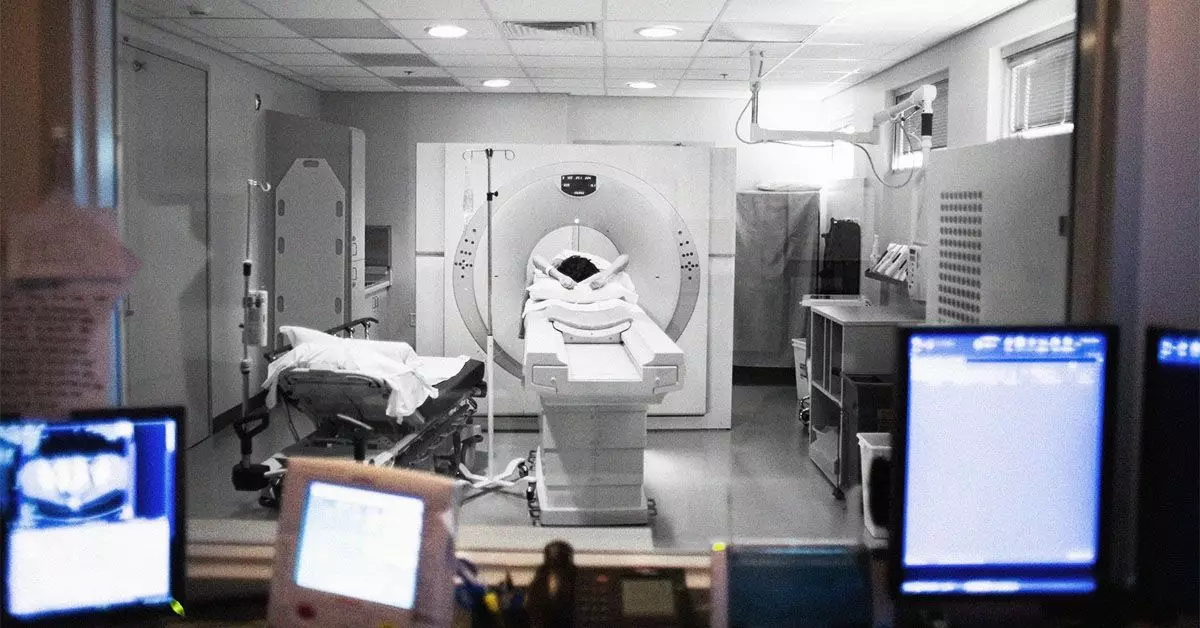Breast cancer remains one of the most prevalent cancers affecting women globally. As such, the medical community continuously explores effective diagnostic strategies to identify this disease early and accurately. Among the various imaging modalities used in diagnosing breast cancer, chest computed tomography (CT) scans play a unique and somewhat controversial role. While they are not routinely employed for breast cancer diagnosis, there are notable circumstances where a CT scan might accidentally reveal signs of breast cancer. This article seeks to analyze the relevance of CT scans in breast cancer detection, comparing it with established methods and exploring the intricacies of its incidental findings.
Computed tomography is a sophisticated imaging technology that captures detailed, cross-sectional images of the body. Utilizing X-rays, a CT scan produces a comprehensive view of internal structures, enabling doctors to identify various conditions, including injuries and diseases. While chiefly employed to assess organs, blood vessels, and tissues, the detailed nature of CT imaging has yielded incidental findings, including breast abnormalities that could signal cancer.
When a CT scan is performed, it can be augmented with contrast dyes, such as iodine for intravenous administration or barium for oral consumption. These enhancements improve the visibility of soft tissues and blood vessels—critical components often obscured in standard imaging. However, this technique is primarily reserved for situations demanding clarity regarding other health concerns rather than specifically targeting breast cancer.
Despite the absence of a primary focus on breast cancer detection, research illustrates that up to 28% of routine chest CT scans can demonstrate incidental breast cancer findings. Such unexpected outcomes can be pivotal since they might detect lesions that could go unnoticed during conventional mammographic screenings.
Moreover, certain findings on a non-contrast CT scan may reveal breast lesions more effectively than mammograms, especially in cases where breast tissue density complicates diagnosis. This unexpected detail raises questions about the efficacy of relying solely on traditional screening methods.
However, it’s vital to approach incidental findings with caution. A 2023 study underscored that about 64.3% of small or less distinguishable breast cancer findings were missed during routine chest CT scans. This striking statistic prompts a reevaluation of CT scans as a supplementary tool for breast cancer detection rather than a primary diagnostic measure.
Mammography stands as the gold standard in breast cancer screening, primarily due to its design aimed explicitly at detecting abnormalities within breast tissue. Utilizing low-dose X-rays, mammograms deliver significantly less radiation than CT scans, thereby reducing exposure risk. For women without symptoms, routine mammograms are invaluable for early-stage detection, facilitating timely interventions.
Should abnormalities arise in a mammogram or patients exhibit symptoms like lumps, further imaging through diagnostic mammograms or adjunctive tests like breast ultrasounds and MRI scans becomes necessary. Each modality serves a specialized purpose, enhancing the accuracy of breast cancer diagnosis.
Furthermore, when assessing the potential spread of an already diagnosed breast cancer, doctors may resort to chest or abdominal CT scans to identify metastasis to vital organs such as the liver or lungs. Such applications illustrate the utility of CT scans in broader oncological assessments even as they remain non-standard for initial cancer screening.
Awareness of breast cancer symptoms is paramount. Women should remain attuned to any unusual changes, like new lumps or changes in the breast or nipple. While such symptoms could indicate benign conditions, prompt medical evaluations can prevent delays in diagnosis.
Moreover, regular participation in recommended screening programs is crucial for enhancing early detection rates. Diagnosing breast cancer early significantly improves prognosis and treatment outcomes, emphasizing the importance of adherence to standard practices.
While CT scans serve a niche role within the diagnostic landscape for breast cancer, their incidental findings warrant further investigation. For individuals undergoing CT scans for other health reasons, it is vital to recognize the possibility of incidental breast abnormalities. More comprehensive evaluations, including mammograms and other imaging modalities, remain the cornerstone of breast cancer diagnosis. Ongoing research into the relationship between various imaging techniques will ultimately refine screening strategies, ensuring higher detection rates and improved patient outcomes.

